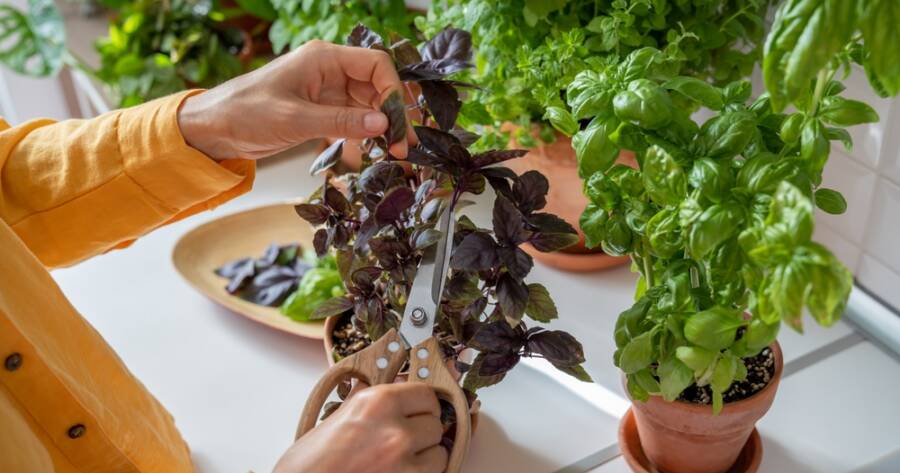Fresh herbs add flavor, fragrance, and beauty to any home—and you don’t need a backyard to grow them. Whether you live in an apartment or have limited outdoor space, an herb garden can thrive on a sunny windowsill, balcony, or kitchen counter. With the right setup and care, you’ll have easy access to basil, mint, rosemary, and more year-round. Growing herbs at home is simple, rewarding, and a perfect way to bring nature indoors.
Choose the Right Herbs for Indoors
When growing an herb garden without a backyard, it’s essential to pick herbs that thrive in small spaces and containers. Popular choices include basil, parsley, thyme, chives, mint, and oregano. These varieties adapt well to pots and require minimal maintenance while providing fresh, flavorful leaves.
Start with a few herbs you use regularly in cooking. This not only makes your garden practical but also ensures you’ll stay motivated to care for the plants. Once you’re confident, you can gradually expand your collection.
Select the Perfect Containers
The right container plays a crucial role in the success of your indoor herb garden. Choose pots with good drainage holes to prevent water buildup, which can lead to root rot. Terra cotta, ceramic, or plastic pots all work well, depending on your style and budget.
If space is tight, consider vertical planters, window boxes, or even mason jars for a creative twist. Make sure each herb has enough space to grow—small pots are fine initially but may need upgrading as plants mature.
Find a Sunny Spot
Most herbs love sunlight and need about 6-8 hours of direct light daily to thrive. Place your herb containers on a sunny windowsill, balcony, or patio where they’ll receive ample sunlight. South-facing windows typically provide the best exposure.
If natural light is limited, supplement with a small grow light. Many compact, affordable options are available and can keep your herbs healthy even in dimmer homes or apartments.
Water and Feed Wisely
Proper watering is key to keeping herbs happy. Indoor herbs typically need watering when the top inch of soil feels dry. Overwatering is a common mistake—too much moisture can lead to wilting or root issues.
Additionally, feeding your herbs with a diluted, all-purpose liquid fertilizer once a month helps encourage steady growth. Avoid over-fertilizing, as this can reduce the flavor intensity of some herbs like basil and oregano.
Harvest Regularly and Prune
One of the benefits of growing herbs at home is having fresh ingredients at your fingertips. Regular harvesting encourages bushier, healthier plants. Snip off leaves from the top and sides rather than pulling from the base to promote continual growth.
Pruning is equally important to prevent herbs from becoming leggy or flowering too soon. Keeping them well-trimmed ensures a steady supply of flavorful leaves throughout the growing season.
Keep Pests and Problems at Bay
Even indoor herb gardens aren’t immune to pests like aphids or spider mites. Inspect your plants regularly, especially the undersides of leaves, and treat issues early. A simple solution of water and mild dish soap can often take care of minor infestations.
Good air circulation and not overcrowding your herbs help prevent mold and mildew. Keeping the area clean and free from debris also minimizes the chances of pests taking hold.
Bringing Fresh Flavor to Your Fingertips
An herb garden doesn’t require a sprawling yard—just a bit of sunlight, care, and creativity. Growing your own herbs indoors adds convenience, beauty, and fresh flavor to your home year-round. Whether you’re snipping basil for dinner or enjoying the scent of fresh mint, the rewards are both practical and satisfying. Start small, nurture your plants, and soon you’ll have a thriving herb garden just steps from your kitchen.

